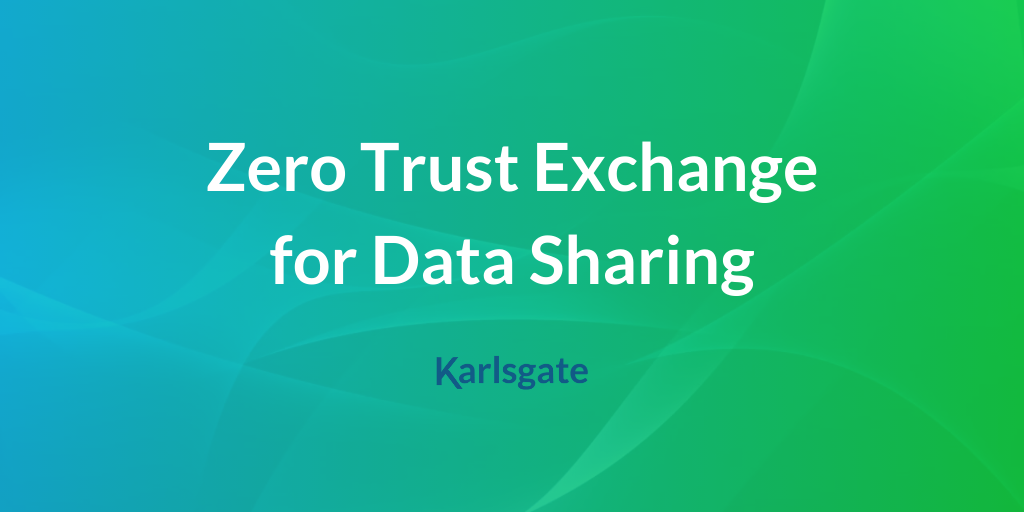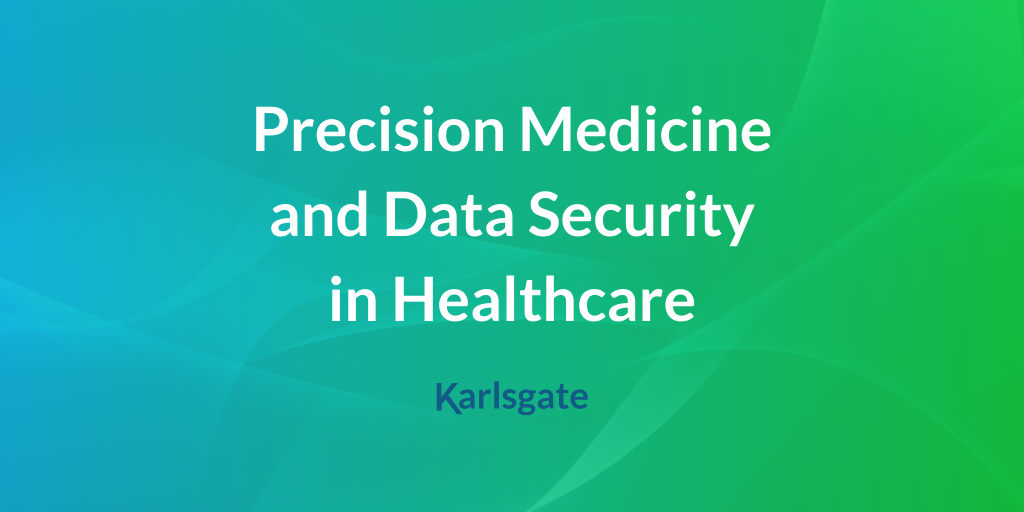Zero trust principles have existed in the IT world for nearly a decade. It took a few years after the introduction of the concept for it to gain popularity and wider adoption. That interest was...
With over 8.8 million PBs of healthcare data being generated every year, when we look at how many businesses share data, it’s like watching someone try to fill a thimble from a fire hose. While proper usage of data can lead to better decision making, better long range planning, more targeted marketing efforts, and better service for customers and clients, all that spilled water puts everyone at risk.
More and more consumers are becoming aware of how much of their data is available to businesses and making efforts to protect their privacy. However, it’s about more than privacy — it’s about transparency and trust.
In fact, 87% of consumers won’t do business with an organization that doesn’t prioritize data security. Even the organizations we trust most, healthcare and financial services, fall short. No industry exceeded a trust rating of 50%.
Ideal data security and connectivity would mean businesses are filling a thimble from a thimble, not a bucket. Conscientious businesses are more precise, more accurate, and more responsible with consumer data.
What is Data Sharing and Data Connectivity?
Data sharing is like a lot of tech terms — everyone has a different definition, though we bandy it about like we’re in agreement.
Data sharing can be defined as the process of sharing data across businesses or organizations to verify, optimize, or build on existing consumer data or as the entire framework– the organizations, policies, procedures, technology, consumer expectations, and the data itself.
Regardless of the definition, how the data is shared and how organizations connect is important. The process is about more than moving data; it’s about data volume, data quality and relevancy, and security. It’s about ensuring privacy and protecting personally identifiable consumer data.
Why is Data Sharing Risky?
Data sharing isn’t inherently risky. In fact, most organizations share data to enhance the reliability of existing data and improve service quality and accuracy.
The real risks are related to data connectivity or how organizations share information. Consumer data shared using relied upon methodologies may be subject to unnecessary exposure whether in transit or through a third party facilitator. We’re sharing far more than is necessary and oversharing is not good.
Further, once data is shared, businesses may have little control over how data is used. Suddenly, security and transparency are out of their hands. Who controls our data and how and with whom they share it becomes very important. Every point of connection or sharing adds another layer of risk.
In 2021, healthcare organizations hit a peak when it comes to data breaches. When we consider that healthcare organizations are among the organizations consumers trust most when it comes to personal data, there’s a very real reason to be concerned.
With approximately 2,200 cyberattacks daily and more than half of consumers falling victim, data security is a real concern for all industries. Industries, like healthcare, that rely heavily upon the ability to safely and securely share data need to stay abreast of changes in technology that can enhance their sharing capabilities and secure the necessary connections.
What is the Impact of a Data Breach?
The primary impacts of a data breach include financial, reputational, and legal consequences.
Financial
While the average data breach costs roughly $4.25 million, for healthcare organizations, that cost goes up to $9.5 million. Financial consequences include:
- The initial cost of resolving the breach and addressing the security issue
- Fines and legal fees
- Reparations to customers or settlement costs
- Lost business
- New customer acquisition after customers leave
Reputational
While there are immediate financial costs to a data breach – and those are significant – even more financial damage is caused by the longer term reputational impact of a data breach.
- Media and search engines keep your brand or organization in the headlines
- Talent acquisition becomes difficult
- Nearly 65% of customers and clients impacted by the breach lose trust in the organization
- Nearly 80% of customers cease their business relationship and 85% share the experience
Efforts to mitigate damage and rebuild trust take time, money, and resources better utilized on organizational initiatives.
Legal
In addition to legal fines and fees, both federal and state, there may be additional litigation related to a data breaching, including:
- Class action lawsuits brought by the individuals
- Prolonged legal fights and costly settlements
- Negligence or willingly failing to disclose a data breach in adherence to federal laws, including the Data Breach Notification Act, may result in jail time
The consequences of a data breach are not short-lived. Prioritizing data security with the best available technology protects your customers, your business, and its longevity. Thimble to thimble.
Understanding Data Sharing Security Limitations
Data sharing is a necessity, but risk doesn’t have to be.
We’ve come to expect some level of risk with nearly every method of data sharing, focusing on the value of the return rather than risk. Often, instead of eliminating risk, organizations must evaluate the limitations of commonly used data sharing methods, choosing one that balances precision and risk.
- Encryption: Data can still be reidentified through access to encryption keys. Data must be physically relocated exposing risks of improper access.
- Hashing: Hashed datasets are vulnerable as they can be saved to create an identifiable database of hashed records.
- Tokenization: This method does not protect against re-identification. Further, efforts to decrease re-identification risk can impact data accuracy. Physical relocation of the data also risks exposure or leakage.
- Clean Rooms: Clean rooms are costly, still expose data to risks in transit, and require a high level of trust for third parties who manage the clean room.
What if there were a better solution? One that didn’t require you to relinquish control of your data, added layers of security to protect your data in transit, and ensured the security of your connections before, during, and after the data transfer? What if you could eliminate the risk of exposure as well as the risk of re-identification?
Elevated Security for Organizational Data Sharing
Ideally, what you’re looking for is a process that partitions knowledge between parties without transferring custody of the identifiable data. Cryptoidentity, used by Karlsgate, is the only technique that blocks re-identification while also avoiding change of custody of identifiable data.
Partitioned cryptographic orchestration ensures multiple layers of security are applied. Additionally, the full data sharing process ensures:
- You retain control of your data assets
- Your sharing partner only receives the information you’ve agreed upon
- No parties retain any keys, passwords, or data once the transfer is complete
As regulators continue to focus on how data is handled and consumers educate themselves, both are putting organizations under a microscope. Consumers are limiting what they share. Embracing and adopting the data security and data connectivity technology that not only protects but facilitates your data sharing puts your business and your customers first.
If you’re ready to talk about how Karlsgate’s technology can help provide an elevated security experience through its patented cryptoidentity technology, freeing your organization to safely and securely share data across organizations while adhering to the industry regulations and compliance, book a demo today.








